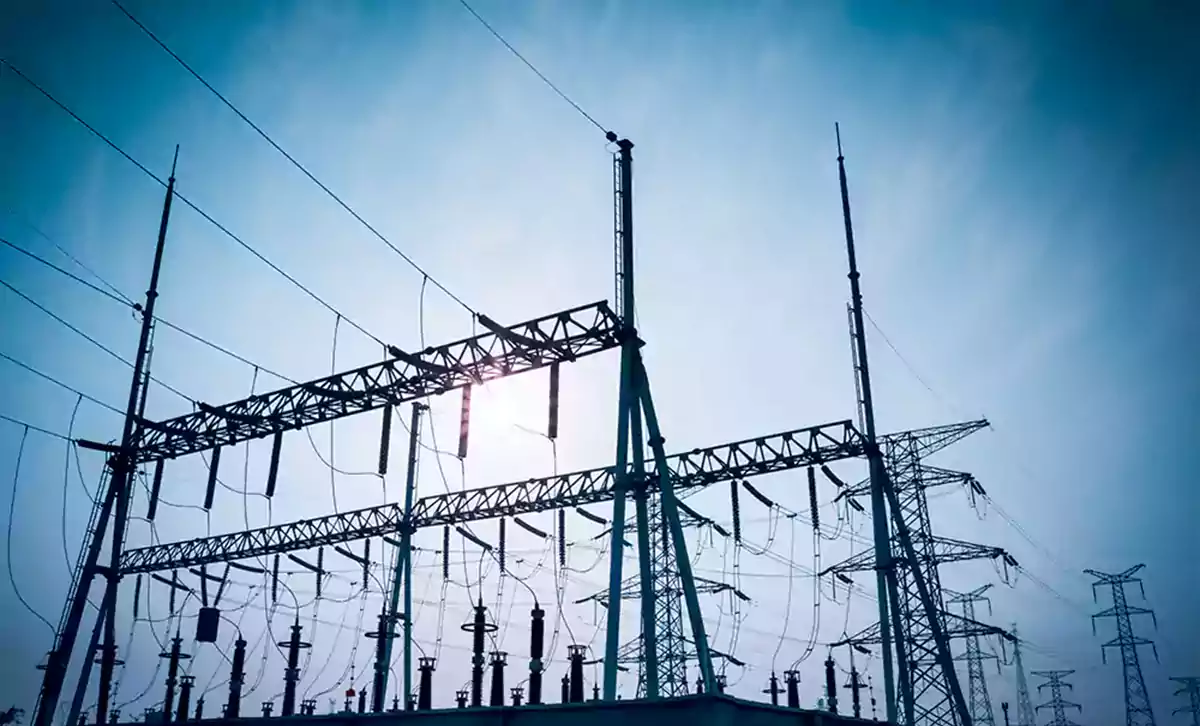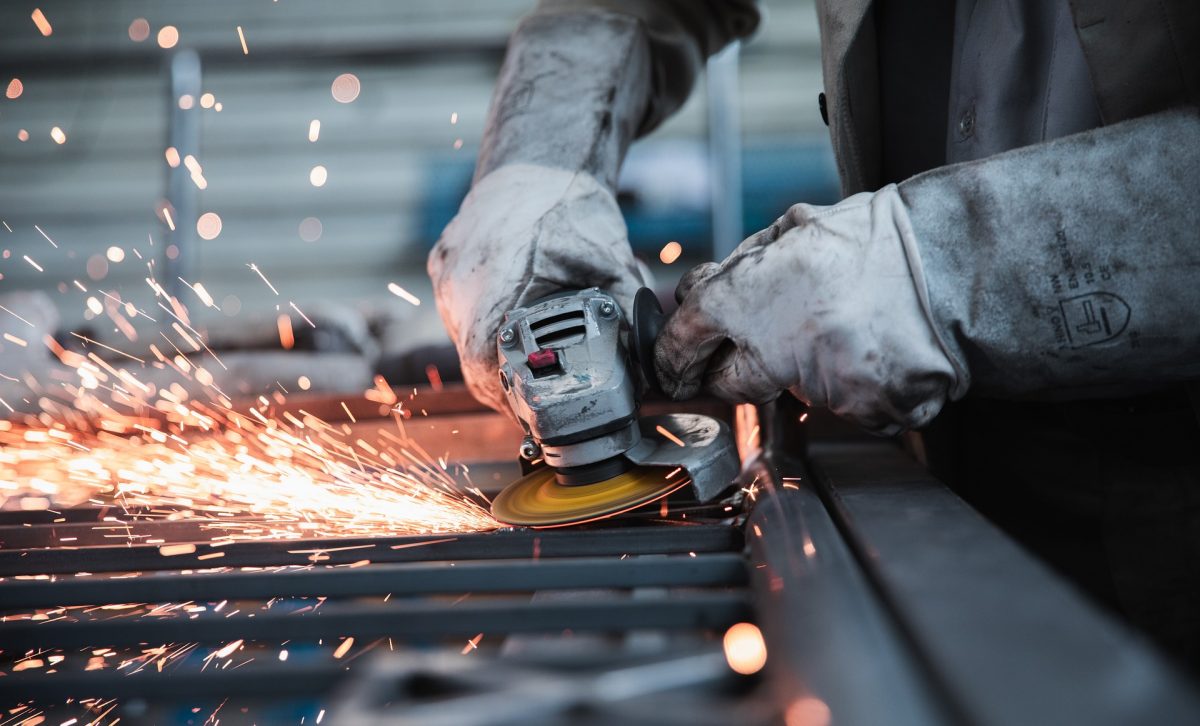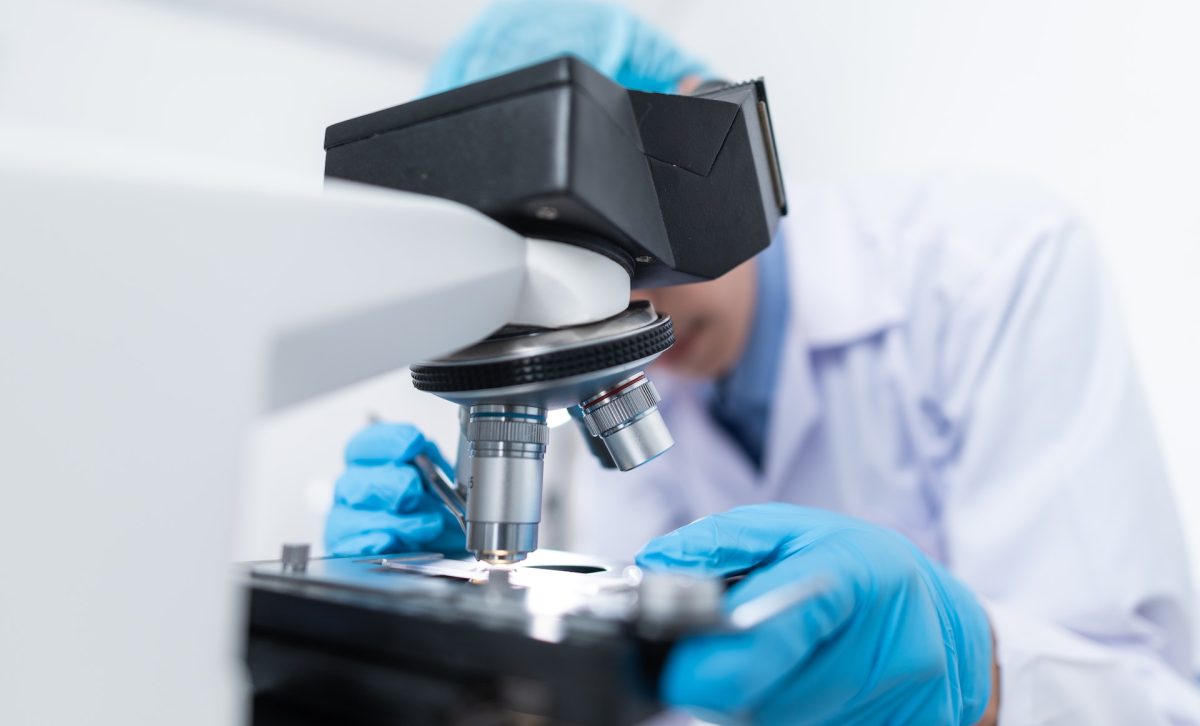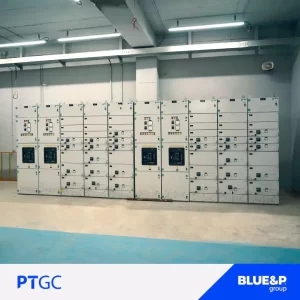The issue of energy storage is an important one at a time of new mobility modes and developing renewable energy sources. While lithium batteries today represent one of the main energy storage solutions, new methods are being studied, whether in order to facilitate energy production or to help the end user optimize usage (the driver of an electric car, for example.)
Energy storage: the lithium-ion battery and its alternatives
The traction batteries of an electric vehicle must adhere to very strict specifications: cost, usable temperature range, durability, ability to recharge quickly, etc. Some of these criteria are difficult to reconcile: energy density and power in particular. Research and development teams are constantly working to optimize the range/power ratio and improve all of the properties of lithium-ion batteries. Essential for sustainable mobility, this optimization goes hand in hand with the search for ways to reduce the environmental impact of batteries, especially when it comes to facilitating recycling.
Are “solid state” batteries more efficient?
The battery industry is developing new technologies which aim, in particular, to replace the traditional electrolyte process used in conventional battery-making. With this in mind, manufacturers are considering so-called “solid state” batteries which use simpler materials, better manage their usage temperature, and offer the possibility of increasing cells’ energy density. This is notably the direction taken by lithium metal specialists, who use a solid lithium surface as a negative pole within the battery.
Hybrid batteries are also being talked about, with different solid, or semi-solid, batteries as a future alternative to traditional models. But all of these theories still have a long way to go: their commercialization on the electric vehicle market is not expected to occur for years, even decades.
The Renault-Nissan-Mitsubishi Alliance has therefore invested in the American start-up Ionic Materials, specialists in the “solid state” battery. The liquid electrolyte currently used in batteries is replaced by a solid material like a polymer, for example. This promising technology still needs to make considerable progress before it can be offered as an alternative to today’s batteries, notably for electric vehicles!
Other leads for electrochemical storage
Reduction-oxidation (“redox”) flow batteries use two tanks containing electroactive elements and a conductive ionic membrane. Their advantage is in the separation of the “energy” part and the “power” part. But their energy density is too low for automobile use. The technology can, however, be used in stationary energy storage.
Another option is to use sodium as a substitute for lithium —both of which are from the same alkali chemical family — to create what are known as “sodium-ion” batteries. Sodium is a more abundant element than lithium, and its properties offer greater power potential. But this technology is still developing: while sodium is found in stationary energy storage (at high temperature), its large-scale application in vehicle batteries is currently only being explored by a handful of start-ups seeking to industrialize the process.
The composition of the different elements in a battery changes depending on the direction taken. Metal-air technology, for instance, involves using a metal electrode which dissolves and reforms during the charging/discharging cycle, with an electrode opposite which captures oxygen from the air and adds it to the chemical reaction, like in a fuel cell. Lithium and zinc can, for example, be used as electrodes. In certain cases, charging does not take place electrically, but mechanically: like with aluminum, which can be inserted in the form of cartridges. But this solution is not yet ready to respond to the demanding energy needs of an automobile.
Lastly, the chemical properties of metals could represent a way forward for developing new technology. For example, in a lithium-ion battery, current is produced (among other things) by the movement of lithium ions. Each lithium ion carries a charge. If a chemical element were able to produce double this charge, the battery capacity would be increased. Theoretically, this is the case for metals like calcium and magnesium, who have what is known as this double valence, or “divalent” property. As this concept is mainly limited to research in university laboratories, significant progress remains necessary to ensure the durability of the other components in the cell.
Efficient mechanical energy storage
Energy storage in the form of electricity is not the only solution available in this domain. Mechanical energy also plays a role, as demonstrated in pumped-storage. In this process, it’s the movement of a turbine powered by the rise and fall of water in a reservoir which stores then releases energy, according to the same principle as a hydroelectric dam. The resulting electricity is able to compress air in huge chambers, and the energy is stored in this form until it is “released” through decompression and using a turbine.
Nowadays, we even hear about “concrete” batteries: hanging blocks of concrete that release energy when dropped abruptly. These are all examples of the many possibilities of mechanical storage, which remains a stationary energy storage infrastructure above all else.
Source: renaultgroup.com








